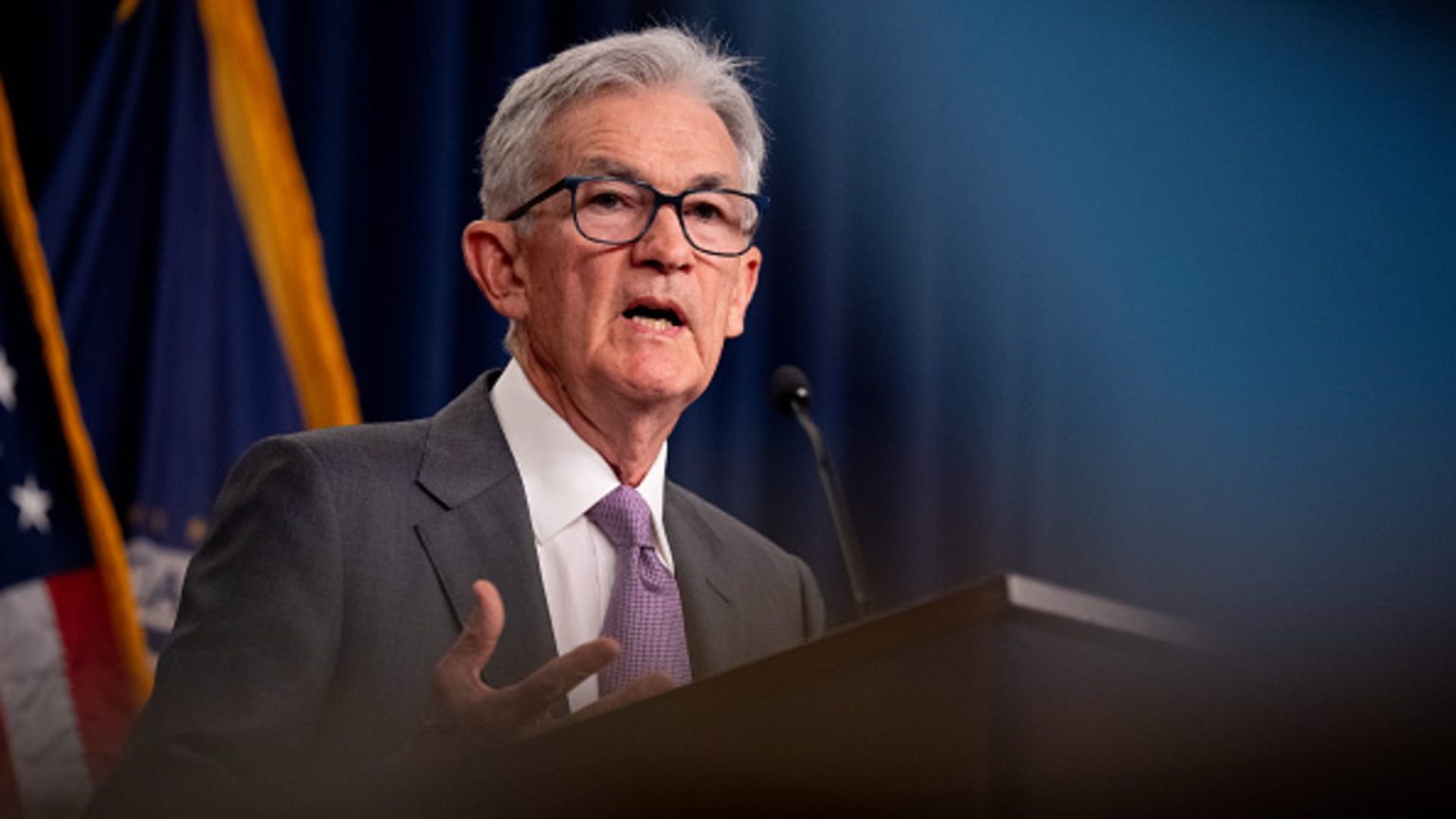Federal Reserve Chair Jerome Powell has indicated that the central bank is likely to start cutting interest rates, which are at their highest level in two decades. This potential rate cut in September would be the first in over four years. Investors are advised to remain diversified and make small adjustments like trimming their portfolios rather than making significant changes. Long-term investors may not need to do anything, as target-date funds in 401(k) plans are managed by professionals who make adjustments on their behalf. However, more hands-on investors may consider adjusting cash, fixed income holdings, and types of stocks in their portfolios.
Lowering interest rates would be positive for stocks as it can make businesses feel more comfortable expanding with lower borrowing costs. However, the uncertainty around future rate cuts, their size, and pace means investors should not make wholesale changes to their portfolios based on Powell’s announcement. Powell did not commit to lowering rates, but instead stated the decision would depend on incoming data, the outlook, and risks. Investors can expect lower returns on cash, savings accounts, money market funds, and CDs as interest rates decline. It’s advised to lock in high guaranteed rates now and potentially invest excess cash in higher-paying fixed-income investments like longer-duration bonds.
Duration is a measure of a bond’s sensitivity to interest rate changes and is expressed in years. Short-duration bonds carry less risk but lower returns, while longer-duration bonds may be necessary to keep yield in the same range as the past few years. Advisors recommend a duration of five to ten years for many investors currently. While stock-bond allocations may not need tweaking, investors may consider allocating future contributions to different types of stocks, like utility and home-improvement companies, real estate investment trusts, preferred stock, and small-cap stocks, which tend to perform well when interest rates fall. Investors are advised to be mindful of interest-rate risks and make adjustments accordingly to secure higher rates before they decline further.
Overall, Powell’s indication of potentially lowering interest rates in the future has implications for investors’ portfolios, particularly in terms of cash, fixed-income holdings, and stock allocations. Diversification and small adjustments are recommended rather than significant changes. Lowering rates can be positive for stocks as businesses may feel more comfortable expanding with lower borrowing costs. However, the uncertainty around future rate cuts means investors should not react hastily. Locking in higher guaranteed rates on cash and potentially investing in higher-paying fixed-income instruments before rates fall further is advised. Duration may need to be increased for bonds to maintain yields within a similar range, and reallocating future contributions to different types of stocks may be beneficial in the current environment.













